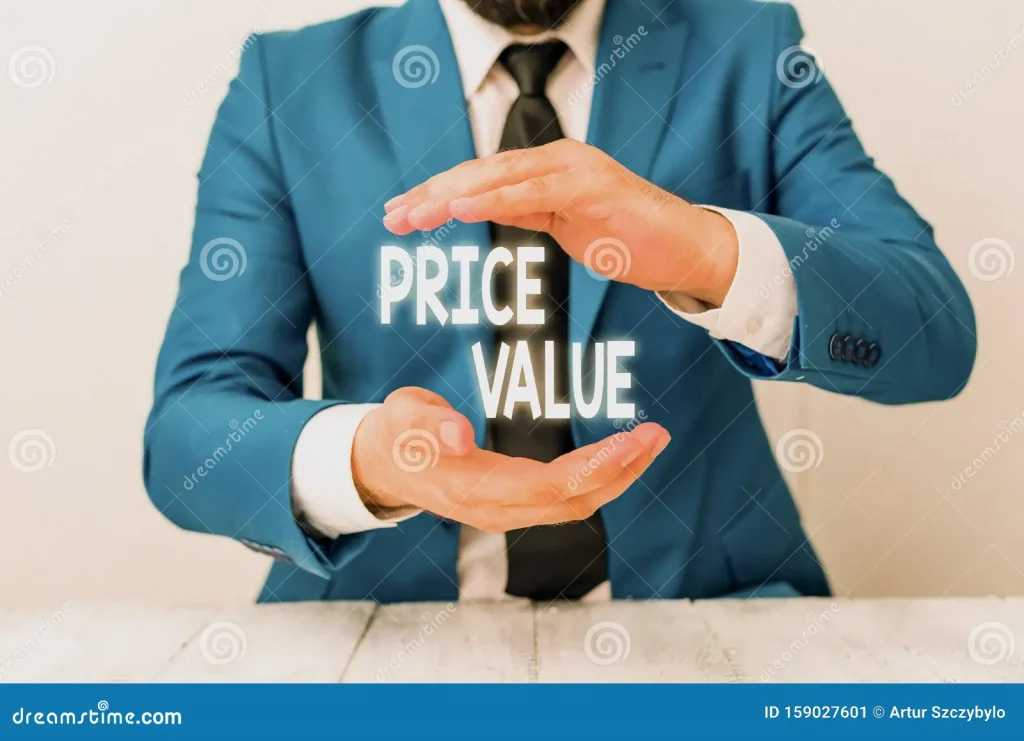
1. People – The first ”P” stands for ”PEOPLE” which means your target audience. The target audience plays a very important role because of whom our products or services exist in the market. We have to identify our target audience and also keep in mind their tastes and preferences. The final component of the marketing mix is People. While it may seem like it refers solely to your target audience and customers in this customer-centric era, it actually encompasses everyone within your organization who interacts with your customers, whether directly or indirectly.

2.Product- Product refers to the product which is offered by a businessmen to its existing customer. Product decisions includes packaging, function packaging, appearance, warranty, quality, https://en.wikipedia.org/wiki/Warranty
Customers need to understand about the benefits ,features of the product he/she is buying. When thinking about a product, consider its benefits and key features, needs and wants of the customers.

3. Price-
Price refers to the pricing strategy for products and services and how it will affect customers. Pricing decisions do not include just the selling price, but also discounts, payment arrangements, credit terms, and any price-matching services offered.
When determining a pricing strategy, it is important to consider the business’s position in the current marketplace. For example, if the business is advertised as a high-quality provider of mechanical equipment, the product pricing should reflect that.
The price element refers to the way you set prices for your products or services. It should include all the parts that make up your overall cost, including the advertised price, any discounts, sales, credit terms or other payment arrangements.
Your pricing will also depend on your businesses position in the market, for example, if you advertise your business as a budget car rental service, your pricing should reflect that choice. Or if you are a premium food product then your price should be at a premium to lesser quality products to reflect the better packaging and quality of ingredients you offer.
Pricing is one of the key determiners of a customer’s decision. Especially if you have accessible competitors, a customer will often vet all options before choosing one. So, a marketing strategy needs you to correctly price your product while not only considering what your customers can pay but also considering what your competitors are charging.
If we look at the determiners for setting a pricing model, they are:
- Internal costs – Costs of manufacturing the product or running the business.
- Competitors – What competitors are charging for the same product
- Accessibility – How accessible are products of competitors?
- Buying power – How much buying power do your customer profile have to pay for your product?
- Market condition – Is the market condition favorable to charge a particular price?
- Model – How are you going to charge for the product? (Lumpsum, Monthly, Annual, etc.)
- Quality – Does the quality you provide match the price you want to charge?
There are also some psychological elements to pricing, and going into them will need a separate article. To provide a quick example, many vendors often use the pricing of a plan to prime users to another plan. For example, if you get 10 packs of chips for $100 and 30 packs of chips for $200, the latter would seem like a greater deal even if you don’t need 30. There are many more strategies that you can read up on. We recommend that you start by reading on Porter’s five force analysis for analyzing the competitive landscape of an industry.

4. Promotion – It refers to all the activities and methods that you use to promote goods/services to your target market. It includes direct sales,public relations, advertising , sponsorship and social media.Since promotion costs can be substantial, it is sensible to conduct a return on investment analysis (ROI) when making promotion decisions. Firstly, you need to establish who your target market is, what media do they consume, what the cost of that media will be, how many more sales you need to cover your investment and how you will gather the information that shows how the promotion has worked.

5. Place-
The place element refers to how you get your product or service to your customers at the right time, at the right place, and in the right quantity. It includes distribution channels (e.g. via a shopfront, online or a distributor), location, logistics, service levels and market coverage.
For example, if you’re thinking of expanding your business online, you’ll need to think about how your customers use the internet, if they would feel comfortable purchasing your goods.
The place element refers to how you get your product or service to your customers at the right time, at the right place, and in the right quantity. It includes distribution channels (e.g. via a shopfront, online or a distributor), location, logistics, service levels and market coverage.
For example, if you’re thinking of expanding your business online, you’ll need to think about how your customers use the internet, if they would feel comfortable purchasing your good.
